Or does it all depend on the alternator and engine in question... ?


Must an alternator always spin faster than the engine in order to work, or could a 1-1 turning speed also work?
Or does it all depend on the alternator and engine in question... ?

quote:
Originally posted by scootz
Must an alternator always spin faster than the engine in order to work, or could a 1-1 turning speed also work?
Or does it all depend on the alternator and engine in question... ?

Ta!
How would I work out if a particular alternator is capable of operating on a 1-1 basis?
quote:
Originally posted by scootz
Ta!
How would I work out if a particular alternator is capable of operating on a 1-1 basis?
Check the manufacturers spec it will specify the revs at max output.
decide what engine revs you want this output at.
the pulley sizes are in direct proportion to the revs.
if as i suspect you already have pulleys to make a 1:1 ratio the engine will have to be reving at the spec revs of the alternator - OK if you have a
F1 engine!
quote:
Originally posted by daviep
3: Tell us what you're thinking of doing and we'll take an informed guess as to what the outcome will be.
Davie
Tricky engineering to set up that Scootz - good thing about belts is you can be as rough as a badgers bum and it works - direct coupling requires precision engineering to nearest 3 or 4 thou
That was going to be my next question... the complexity of coupling! 
Won't work with Bosch alternators, the idle speed of the car would have to be about 1450 ish to equal the cut in speed of the alt. I suspect the
cut in speeds of other manufacturers products are similar.
Just for information Bosch alts have 2 speeds at which they are rated, 1800 and 6000 alt speed. Full output is specified at 6000.
HTH
Stott
Ta Stott.
It would be one of the small Denso ones.
Probably a non-starter...
I read that someone had run one from an auxilary drive on a supercharger I think it was in PCC magazine when they supercharged a kent engine
I would have thought so tbh
FYI though there is such a thing as a direct drive alt, we supply them to VAG and have done for a few years.
The pulley is funny looking with teeth all over it and it uses a very rigid gates ring, which is not dissimilar to a timing belt, only it's about
2" wide and 3" in diameter, with teeth internally all around it.
The engine then has an output matching the alternator pulley and the belt bit gets sandwiched in between, if that makes any sense! lol
I'll try find a pic!
Cheers muchly! 
So its like a direct drive rubber coupling?
Yep, the best pic I can find is this:

The pulley looks like that but is black and has more rounded teeth, then there's the mini belt ring thingy that goes in between it and the
drive.
When I'm in work tomorrow I'll try remember to take apic of one and post it on this thread.

Thanks again!
What about a bike alternator/charge system? Mount the outer gubbins (usually attached to the casing) to some part of the engine and the turny bits to the crank. Would have be be rather well engineered to get the clearances correct. Although bike engines tend to spin faster, I'm sure the ones I've played with charge at tickover. More so at part throttle.
Spotted something interesting in the yard today whilst having a wander..
was on the side of an Endura DI Diesel engine...maybe of some use?
Looks kind of flexible...making accuracy less of an issue?
Could possibly find out more by wiggling whats left of the alt to see what the range of motion is and ask what it came from if its of any interest.
Regards
Rob
[Edited on 18/10/10 by robocog]
As promised:
Ford "direct drive" although it still uses a belt. The alt has a pulley with pins on it that dog with the grooves in the misalignment
coupling. As you can see these break.
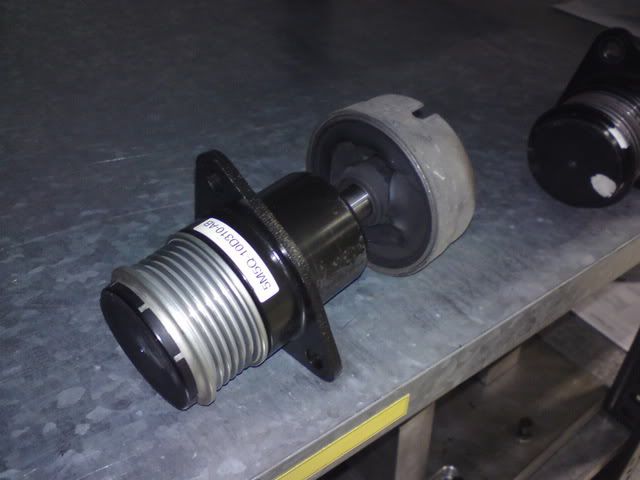
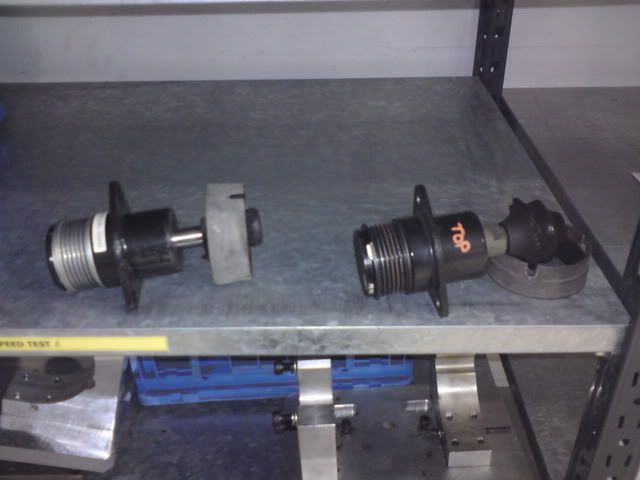
And the VW type using the gates rubber coupling, a truer direct drive:
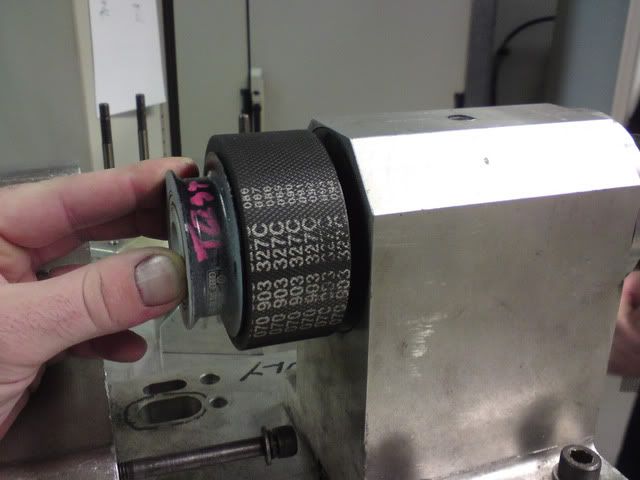

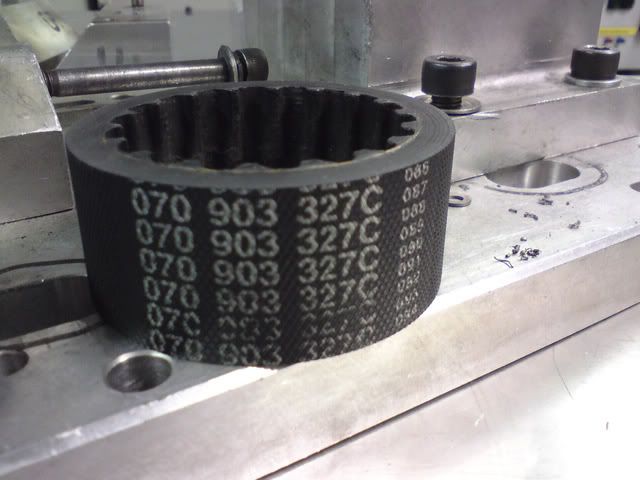
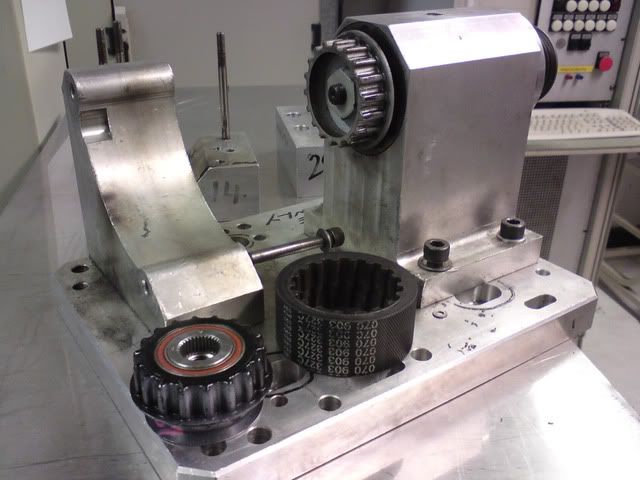
Thanks for that!
I had initially thought about a small UJ between crank and alternator... seems too obvious, so must be a no-no??? Can anyone confirm?
we have used the largest misalignment coupling on this pic on our efficiency test rig for years and haven't had a problem with it, but I'd
clock it with a dti every time.
Having said that it's done 90 minute long tests up to 10krpm for the last 8 years! so it must be up to some abuse.
